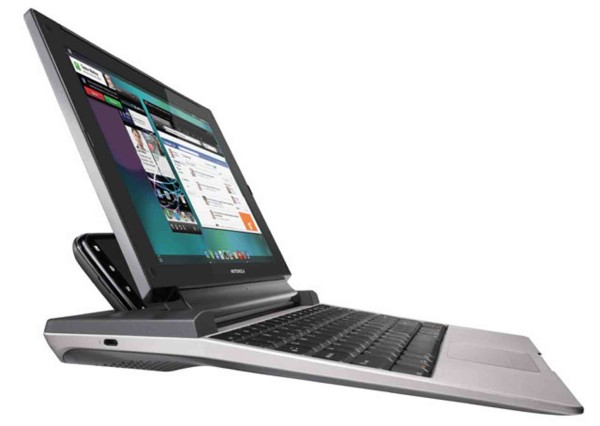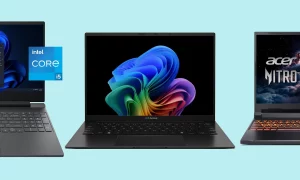Phones as Computers: Slowly but surely getting there

Imagining using our smartphones in their current state as full-fledged computers can be a challenge. While they’re often compared to computers – and rightfully so, as powerful as they’ve become – they’re still not quite as complex as a dedicated computer operating system. If anything, they’re closer to Chromebooks, meaning they can effectively handle the basics. Smartphones can also run apps, of course, but apps that share the same name typically operate differently between smartphones and computers. Computers have the power to run the full version, like Adobe Photoshop or Microsoft Office, whereas smartphones are still limited to the “lite” version of such programs.
Despite their limitations, companies have been trying for years to sell the idea that smartphones can be computers, to some degree. Motorola experimented with the idea back in 2011 with a lapdock for some of its smartphones, a device in which you would simply dock your phone into a laptop “shell”. Samsung recently revealed DeX for the Samsung Galaxy S8 and S8+, which appears to work decently as a quasi-desktop experience. Microsoft probably had the biggest hype (and subsequent disappointment) for the idea considering that Microsoft is also behind the Windows PC platform, but even Continuum for Windows 10 Mobile devices didn’t exactly live up to the idea of emulating a real computer through a smartphone.
In the 6 or so years since the idea of using smartphones as real computers took off, it’s still important to acknowledge that things have improved, especially performance-wise. I fiddled with the Motorola lapdock in the Sprint store I worked in at the time quite often, and its performance was bad. The idea was cool, sure, but the lag was frequent and debilitating. The only thing it was really good for was… well, experimenting with. They were basically selling the idea rather than the experience. Continuum, while not perfect and still extremely limited on app support to this day, also had its issues that have improved marginally over time. Samsung’s DeX seems to function quite well compared to the other two, but it’s still limited, and not just by apps and the Android platform. It’s also limited in the sense that you have to supply your own monitor, keyboard, and mouse in order to use it like a computer at all.
Obviously, Motorola’s lapdock idea is a potential solution for this. By supplying a laptop shell, the phone can be used as a portable computer. The HP Elite X3, one of the few manufacturers outside of Microsoft that made a Windows Phone device, has a lap dock as well. The downside? It costs $599. That kind of money would not only buy a more powerful PC, but also one that had more functionality. Remember, Continuum still has its limitations.
The good news is that third parties are getting in on the concept as well. Last year, Sentio began a Kickstarter campaign for a $99 lapdock they called “Superbook”. Not only was the Superbook supposed to be cheap, but it also extended the opportunity out to most modern Android devices. Although the Superbook has yet to officially launch, the idea behind the concept is one that further propels the idea that smartphones can double as computers.
I have no doubts that smartphones will eventually get to that point, perhaps sometime soon. It isn’t hard to imagine a world where coffee shops, airports, and libraries would replace public computers with docking stations, complete with monitor, keyboard, and mouse set up to connect with smartphones. It doesn’t seem implausible to think that people might soon replace their laptops with lighter lapdock shells. With companies like Samsung and Microsoft actively developing these concepts, I would be willing to bet that Apple isn’t too far behind. Considering we’re already well underway with merging laptops with tablets, it only seems natural that the next step is to merge one or both with smartphones somehow.
Readers, what are your thoughts on this concept? Are you hoping to one day use your smartphone exclusively as both your phone and computer, or are your perfectly content keeping the two separate?











